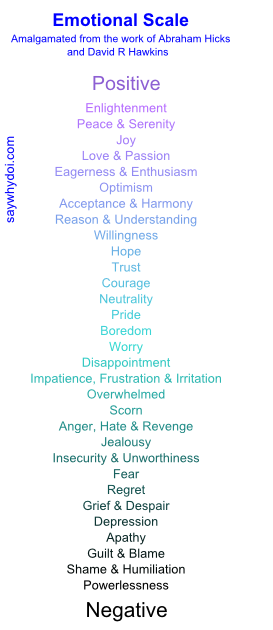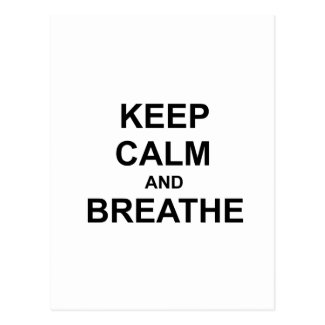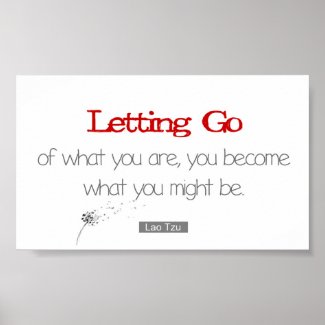I greatly admire the wise words of Abraham Hicks, so when I recently found myself in an argument, I sought out their take on the best way to resolve an argument. Here follows the advice they give for resolving arguments:
. . .
Why do we find ourselves in arguments?
Before we get into resolving the problem, it can be helpful to understand why we experienced it in the first place.
Usually, negative emotions in arguments are unresolved negative emotions that were already there long before the argument started, and which were simply reawakened by current events. So the momentum of intense feelings behind this current issue didn’t just get going on the day this argument started; the momentum has been there ever since the deeper unresolved matter began. It’s just been flared up again by recent events.
 So take your attention away from their specific complaints about you. Because their complaints about you aren’t really about you – it’s really a deeper issue that doesn’t necessarily have anything to do with you. And your complaints about them aren’t really about them, but reflect something deeper in you. It seems like it’s their fault because they did something that made you feel the way you’re feeling but really, they just set off a trigger of something that was already there, dormant.
So take your attention away from their specific complaints about you. Because their complaints about you aren’t really about you – it’s really a deeper issue that doesn’t necessarily have anything to do with you. And your complaints about them aren’t really about them, but reflect something deeper in you. It seems like it’s their fault because they did something that made you feel the way you’re feeling but really, they just set off a trigger of something that was already there, dormant.
Another important point to consider is that those dormant negative feelings can only be reactivated if you are already on a similar vibration to those feelings. According to the Law of Attraction we can only attract things that are currently in our vibration. So if we’re resonating on a level close to fear, insecurity, anger etc on the emotional scale, we will be more likely to find ourselves crossing paths with arguments that show us these feelings in our current vibration.
Whatever you are experiencing, you attracted it to you. It’s a perfect match to what is going on with you vibrationally. Remind yourself that it’s a manifested reflection of your current active vibration. Whatever you do from here affects if the vibration will continue, increase or decrease.
. . .
Resolving Arguments the enlightened way
. . .
STEP 1: If possible, catch the argument before it spirals
 Catch the argument before it spirals by saying what you want in a loving way. Here is an example of something you can say from the heart (as long as you CAN say it from the heart) :
Catch the argument before it spirals by saying what you want in a loving way. Here is an example of something you can say from the heart (as long as you CAN say it from the heart) :
I love you too much and I love me too much, and I love US too much, to continue this momentum.
Sometimes you may be too far gone in the direction of negative momentum to be able to say this from the heart. At other times, you may be able to feel and say this, but your partner may be too far gone in the direction of negative momentum, and therefore they may not react positively to your heart-felt words. In these cases, continue onto step 2.
. . .
STEP 2: Break the negative momentum:
Remove sources of negative momentum where you can. Here are some examples of things to do:

- Stop speaking about the problem: Speaking about the problem doesn’t decrease it – it INCREASES it. Speaking makes it more specific, and the more specific something unwanted is, the worse it feels.
- Stop chiding, blaming or judging yourself and your partner: All of these things add negative momentum to the situation.
- Stop focusing on what you DON’T want: This will only bring more of that to you. This means stop thinking about the problem after an argument – there is no bottom to digging deeper into a bad feeling.
- Stop wishful thinking that intensifies what you don’t have: you have to be a MATCH vibrationally to what you want. If you are asking for what you want from a place of anger, sadness or frustration (i.e. without being in the vortex), it only makes you more aware of what is lacking. Before thinking what you want, you need to soothe your vibration first; get into the vortex and THEN ask.
- Distract yourself from the argument: One way to disrupt negative momentum is to focus elsewhere. If you find it impossible to do anything else in that moment to help you align, take a break from the argument to clear your head. From this clearer place you’ll be able to take more aligned action.
. . .
STEP 3: Self-talk with “Going General” Soothing words:
 Example soothing words that are general:
Example soothing words that are general:
- Relax, it’ll be over in a little while.
- This situation is not a reflection of who you are, who they are, or of your relationship – it’s only a reflection of a momentary vibrational situation. It’s just a moment of imbalance. I shouldn’t make too much of this.
- This really isn’t really about you and them; it’s about something else – this is some residual long-term momentum that this argument has triggered.
- I know I’d rather feel good than bad if I can. And I know that I can feel better in time; maybe even right now – I dont have to figure it all out right now – things are getting better and better.
- Everything’s alright
- I know we can feel good together – I know we’ve rendez-voused in good places before – things can get better and better.
. . .
STEP 4: Self-talk with “more specific” Soothing words:
After you’re in a better place generally, you can try to use more specific soothing words that focus on what you want. Sometimes going specific feels bad (which means you’re still not aligned enough for this step); in which case, don’t do this step. Follow your emotional guidance system to soothe yourself.
Examples of soothing specific focus & self-talk:
- Focusing on the vortex version of the other persion and of your relationship: Before we get into what you can say to yourself, the first step can be to focus your mind in a positive, specific direction. If you can (if it’s not too far off in the bushes), focus on what you appreciate about that person and focus on what you LOVE about your relationship: focusing on your vortex version of them can help you you come into alignment. And when you come into alignment whilst focusing on the vortex version of them, they are going to feel the love that you feel. So the solution to the argument, is focusing on feeling love for the best version of the person you are arguing with – the vortex version of them. When you are completely fixated on this person in this positive way – it’ll help. Instead of looking at your relationship “as you are”, look at the relationship “as you desire”.
- Examples of appreciative things to tell yourself to soothe yourself into alignment:
- I so love what we’ve created together
- I feel such appreciation for our relationship
- I appreciate the expansion we’re achieving together.
- I appreciate everything you have contributed to who I am.
- I am so adoring you and us.
- I know our relationship can only get better.
- I want for our lives to be wonderful together
- Every time I look at you there isnt’ anything I want more than our happiness
NOTE: You can’t fake this step: only say it if you FEEL it and mean it. If you can’t feel it right now, stick with Step 3 of going general.
. . .
What do you do next time you see the individual you’ve argued with?
After you’ve gone through the above steps, aligned with a higher vibration and are in a better place, the next time you see the individual in question, things will unfold naturally in a manner that is in line with this higher vibrational place. On the Emotional Scale (see diagram above), hopefully you should be vibrating around the levels of Reason, Understanding, Acceptance, Harmony, Optimism and Love once you’ve worked on getting yourself more aligned.
. . .
I hope you find this article helps you resolve your differences with your loved one.

